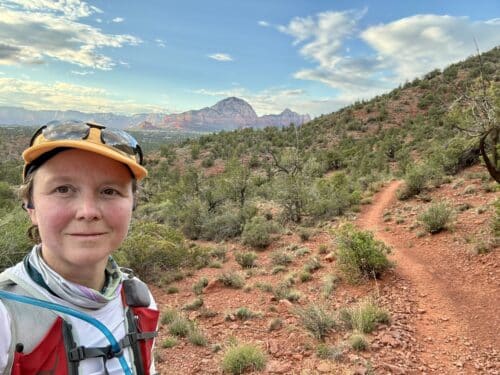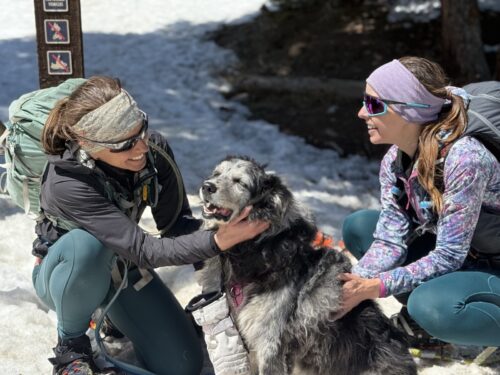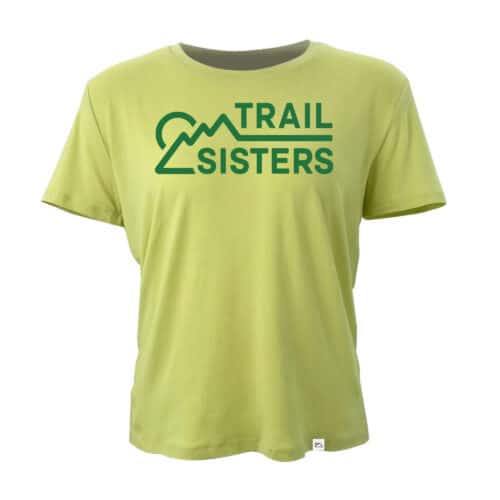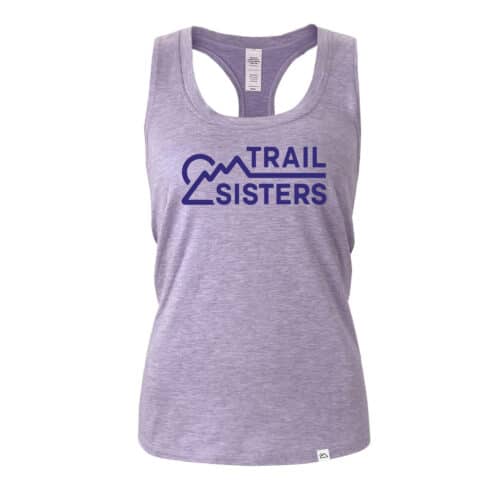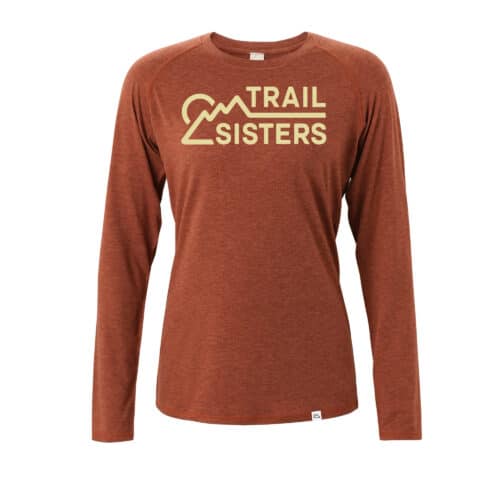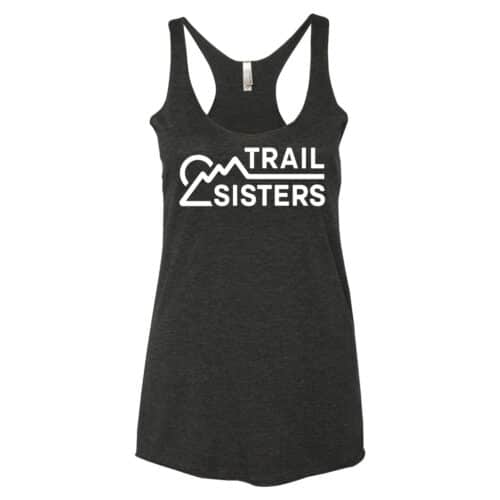Main Menu
Training for Altitude and Vert When You Live Low and Flat
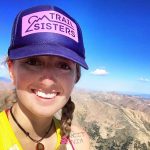
Katelynn is a trail and ultra runner and ultra cyclist living in Ithaca, NY. She works at Cornell University and plays (runs) in the beautiful gorges of the Finger Lakes Region. She is a mother to a outdoor loving, messy haired little girl.
Share This Article!
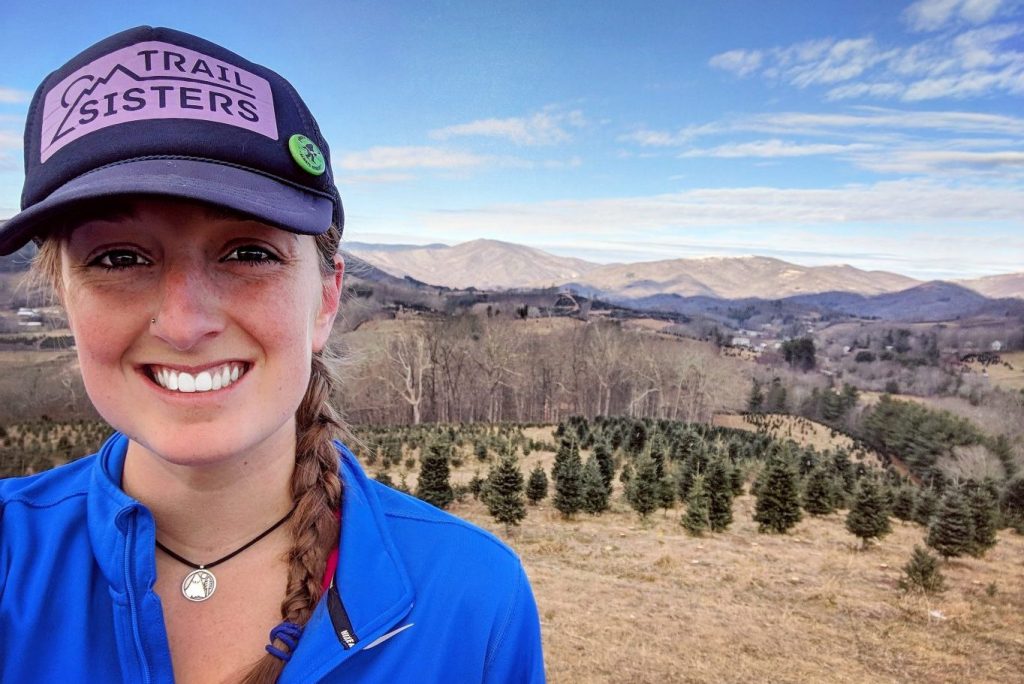

By: Katelynn Wagner
Adventuring and exploring new places are two of the things that drive our love of trail running and the outdoors. So naturally, we want to run races that are sometimes far from home, and present very different conditions than we are used to running on/in. So how do you train for a race that will throw things at you that your body is not used to?

Living in Central NY my home is at a whopping 400 feet above sea level. It is also especially hard to find hills to train on from November to March, mostly because of snow and ice causing dangerous conditions. Both of those things can make it hard to prepare for trail races that have a lot of elevation gain and/or are at a much higher elevation. However, over the past two years I have stumbled upon some tips and tricks that seem to help prepare my body for the change in conditions.
In Training
Simulate the course! Study the course, know what kind of elevation gain you are looking at and do your best to duplicate it. Find hills that closely resemble what you will be on and run them as much as possible! Unfortunately, this can mean a lot of training runs on the treadmill and/or stair stepper if you live in a flat area (like me in the winter.) I am currently spending many hours doing hill repeats on a treadmill to prepare for a race in the mountains of PA this spring. Crank up the incline and dig in! It doubles as great mental training!
Don’t overlook the downhills though, they can be the thing that tears your quads apart during a race. If you have hills for your repeats it’s pretty easy to get them in. If you’re on a treadmill that doesn’t decline, it becomes a lot harder. I end up on the stairs of the local high school stadium a lot and really push my speed on the way down (while doing my best not to eat it.)

Hike! Take a day (or multi-day if you can swing it) and hit the hilliest trails you can find. If you have mountains within a day’s drive, take advantage of them! If you have the gear, take a backpacking trip. Not only will you be getting the vert in, but also you will have the added training benefit of getting it in with the weight of your gear on your back. Being an efficient hiker is a huge success factor in trail races; don’t neglect it in your training.
Strength Train! We all know that cross training is good for your running, but many of us (including myself) don’t do it as often as we should. Add in a day where you do an easier run and then have a leg/glute and core session in the gym immediately after. Forward lunges, calf raises, and squats are a great start for your legs. Planks (all the variations), bridges, and modified bicycle will get you going on your core. If you want to get fancy, single leg squats on a BOSU ball will strengthen your legs and your core at the same time.
Unfortunately, I have not come across an easy and affordable way to simulate high altitude at lower elevations. Unless you have the money to spend on an altitude tent or professional training system, you just have to do the best you can in training your body to its highest potential in the surroundings you have, then trust in that training to get you through the race.
Once you are there
Arrive early! If you can swing it, arrive a few days early to give your body time to adjust to the higher altitude. The longer the better (in my opinion.) Do some research and try to find the highest place possible to sleep. Whether it be hiking up a mountain to camp or finding the hotel at the highest elevation near the race. The higher the better, your body does a lot of adjusting while you sleep, take advantage of it.
Let go of the pace charts! Running at high altitude is much, much harder than at sea level/lower elevations, so you are not going to break the PR you set in a flat Florida race. The oxygen content of the air is lower, which means your red blood cells are not carrying as much of it through your body; which in turn, leads to a 10 minute mile feeling like an 8 minute mile. It can leave you gasping for air on the side of the trail with shaky legs quicker than you think. Instead, run based on your perceived effort as opposed to your pace. This will help lower your risk of “blowing up” after the first half of the race. Walk when you feel like you need to, there is no shame in power hiking that hill; it may even save you from a DNF. Go into your race with only one goal in mind: to finish with a smile on your face.

Drink ALL the water! High elevations tend to have low humidity, which can almost literally “suck the water right out of you.” The air is so dry that your sweat evaporates before you even have the chance to notice it’s there. The air is also thinner, which naturally makes your breathing more shallow and frequent, and that leads to more moisture being lost through your respiratory system.
Proper water intake can also help ward off the dreaded possibility of altitude sickness.
Staying hydrated is always number one, but make sure you don’t forget to replace your electrolytes with it. Salt tabs can do wonders for avoiding a serious bonk if you keep up with them. A good rule of thumb for me is after the first hour, to an hour and a half, I take one Saltstick pill every 45 minutes. If it is a scorcher of a day, I may increase that to every 30 minutes depending on how much I am sweating and drinking. Use your judgement and listen to your body.
It’s intimidating to think of running these big mountain races when you feel like you have no way to prepare for them, but with a little ingenuity and lots of commitment, you can certainly get it done and do well in your race! Happy trails!
About the Author

Katelynn is a trail and ultra runner and ultra cyclist living in Ithaca, NY. She works at Cornell University and plays (runs) in the beautiful gorges of the Finger Lakes Region. She is a mother to a outdoor loving, messy haired little girl.
Share This Article!


